Interesting Fact About Gir National Park
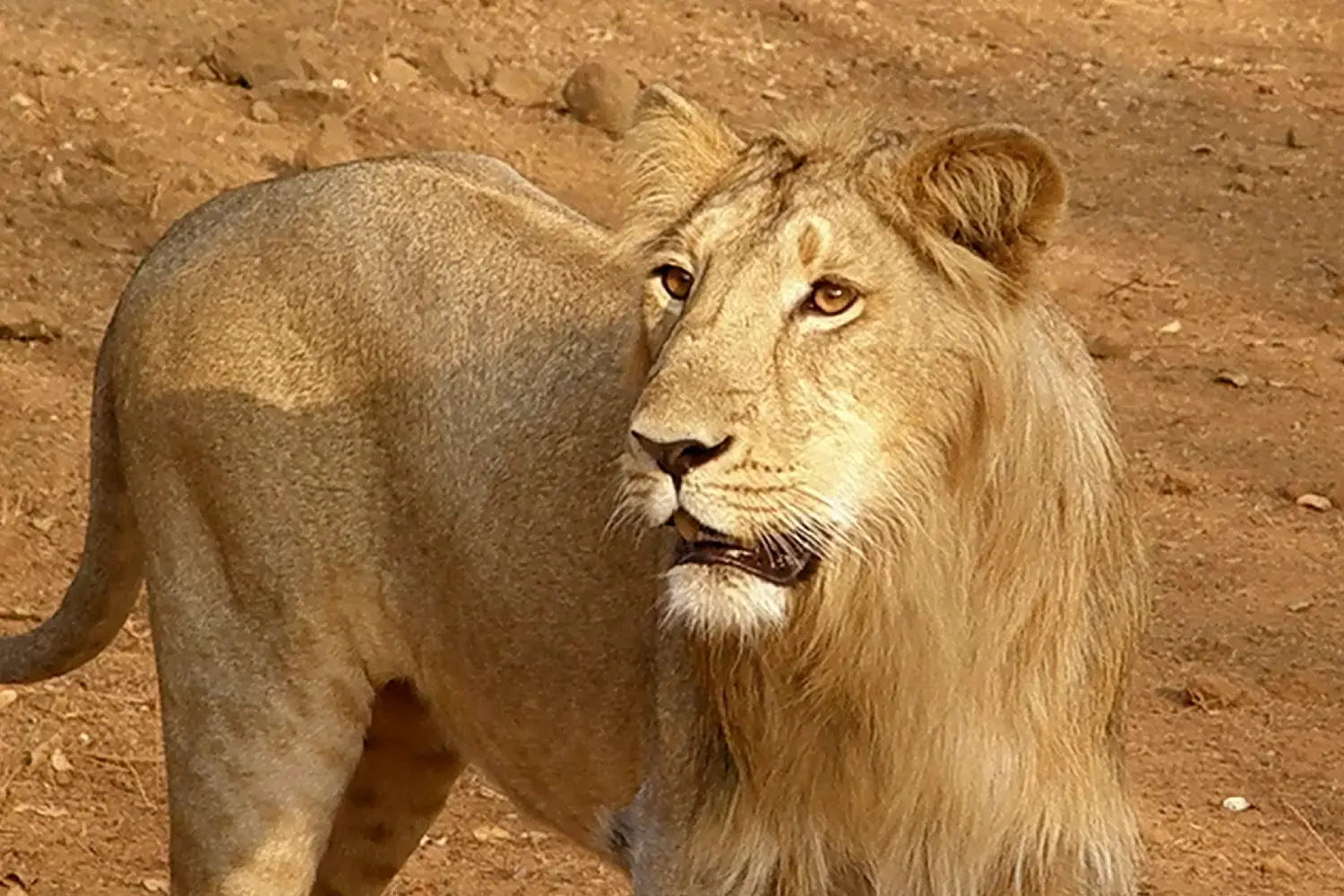
Latest Update : For the upcoming season 2025/26, safari bookings are open for Gir National Park. Always book your safari in advance.

Where the roar of the Asiatic lion echoes through ancient teak forests, Gir National Park stands as a testament to India's rich wildlife heritage. Spanning over 1,412 sq km in Gujarat, this remarkable sanctuary is the only place in the world where Asiatic lions roam freely, with a thriving total lion population in Gir exceeding 650.
Alongside these majestic predators, Gir Wildlife Sanctuary is home to elusive leopards, striped hyenas, and diverse herbivores like sambar and chital deer. Its rugged terrain and perennial rivers also support 300+ bird species, including the striking crested serpent eagle and the vibrant paradise flycatcher.
The Maldhari tribes, who have coexisted with wildlife for centuries, add to the region’s unique cultural fabric. With thrilling jeep safaris offering rare glimpses of these wild wonders, Gir National Park is a must-visit wildlife destination in India. If you're eager to explore its untamed beauty, here are some fascinating wildlife facts about Gir National Park.

Gir National Park is amongst the last few places in the world where the Asiatic lions are found in large numbers and freely roaming. Through extensive conservation initiatives taken by the forest department and government, the reserve has become a vital survival area for these magnificent predators since their total population in Gir has increased to 674 (approx.).
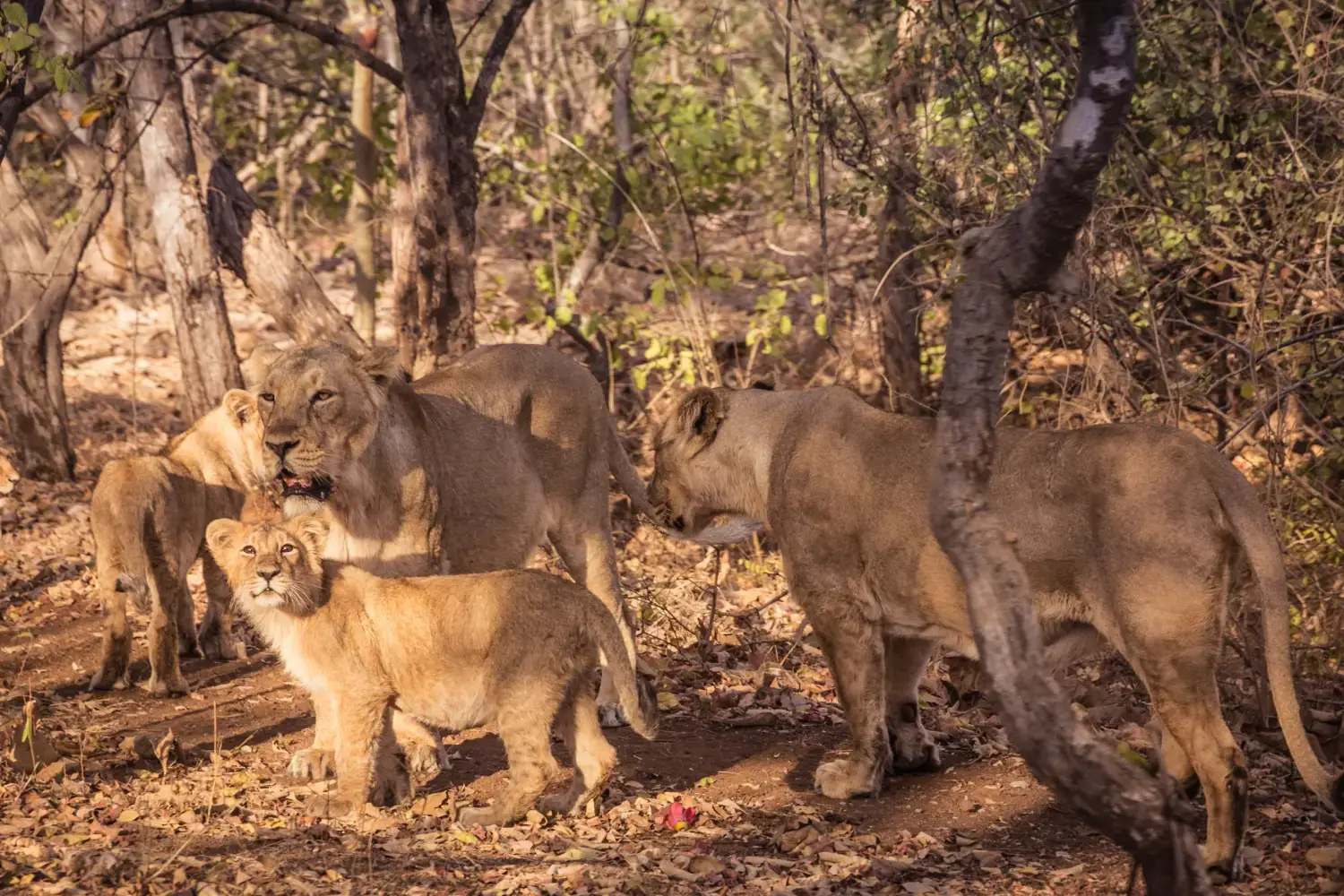
Gir National Park contains 2,375 different species of wildlife which establishes this park as one of India's most diverse regions. The park maintains a diverse fauna group that includes elusive leopards and striped hyenas together with herbivores such as Sambar and Nilgai and Chital. Marsh crocodiles and monitor Lizards among other reptiles populate the Gir Wildlife Sanctuary where they enhance its equilibrium as an ecosystem.
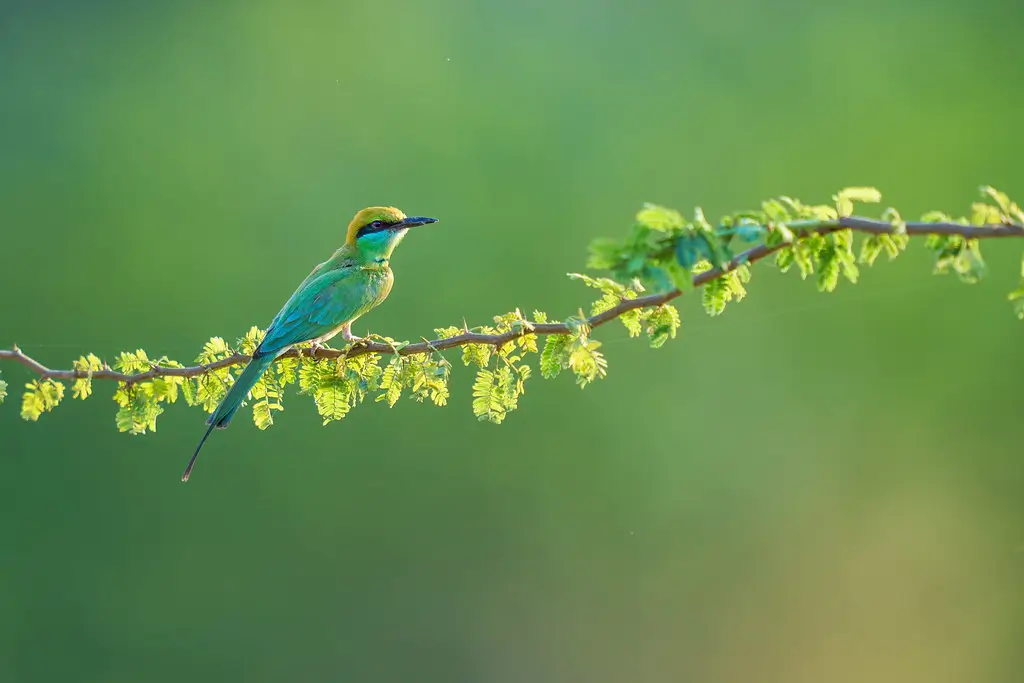
Located near Gir National Park, Nalsarovar Lake is a serene waterbody that doubles as a bird sanctuary. Spread in an area of 120.82 sq km, it is a paradise for bird watchers and nature enthusiasts. It is home to more than 250 species of birds including pelicans, flamingos, egrets, herons, cranes, and many more. During winter, Nalsarovar Lake becomes a haven for thousands of migrating birds which draws many birdwatchers to the site.
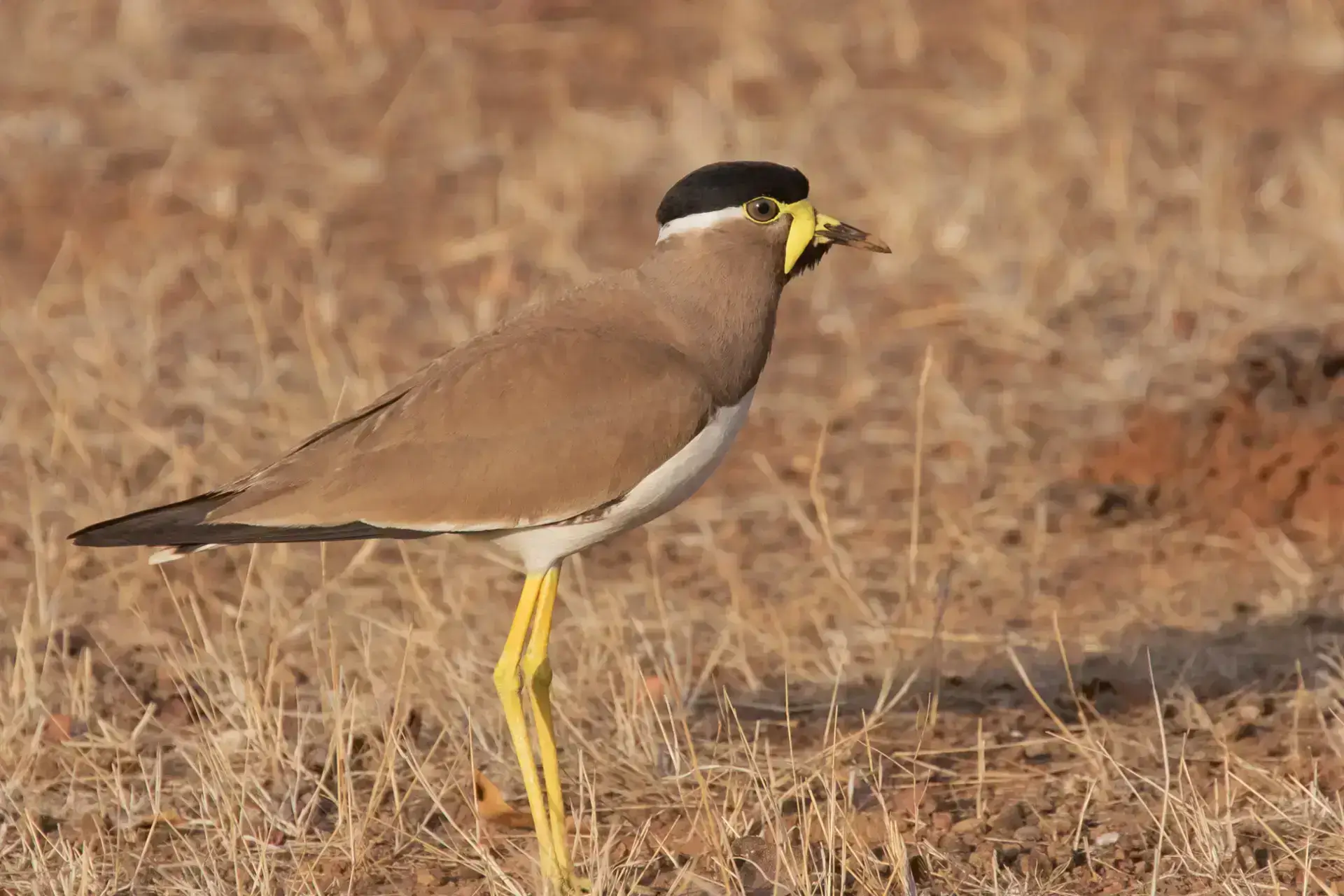
Gir Wildlife Sanctuary is not just about lions, it is also a haven for bird enthusiasts. Birdwatchers can observe several bird species at the park including Crested Serpent Eagles and Paradise Flycatchers together with King Vultures and Indian Pittas. The park houses more than 300 bird species that create an excellent birdwatching experience during migration times when birds from different parts of the world arrive in a flock for a visit.

Various native communities occupy the bordering areas of Gir National Park where they maintain peaceful relationships with wildlife. The Maldhari pastoral community has maintained a mutual existence with lions throughout multiple generations. The indigenous people's natural bond with nature enables them to play a pivotal role in protecting lions because they grasp the essential equilibrium needed to coexist between humans and animals. Such interactions represent a distinct bond between people and wildlife that exists only at this location.
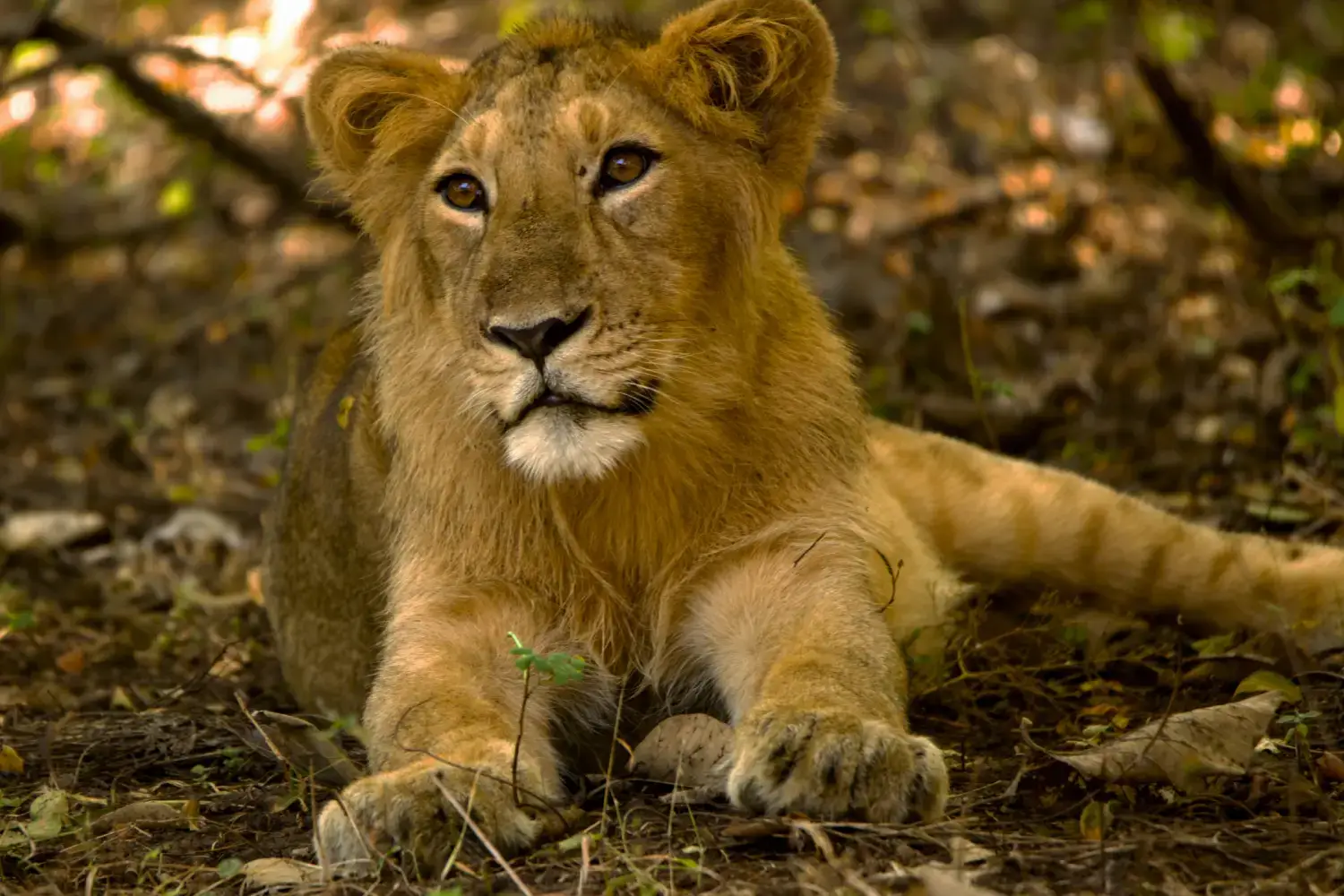
The forest department runs the Vanya Prani Mitra Programme to involve local communities and forest guards in wildlife defense operations. Through ongoing surveillance, patrolling activities and awareness campaigns the program has achieved complete success in eliminating poaching from Gir National Park. The conservation measures have led to a substantial increase in the population of Asiatic Lions.
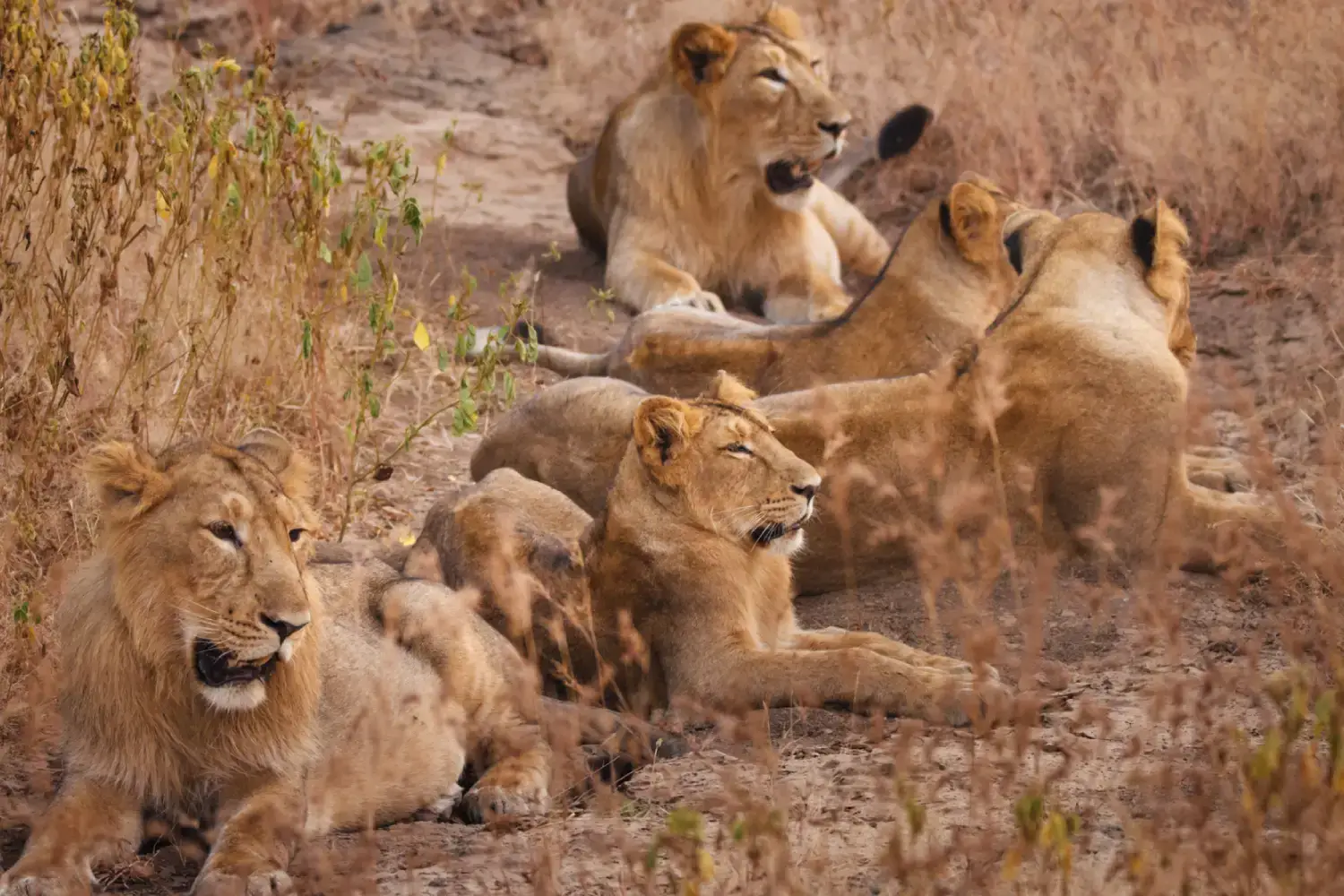
The government officials have started planning to move some lions from Gir Wildlife Sanctuary to nearby wildlife reserves including Kuno National Park. The strategy seeks to increase the population of Asiatic lions in different areas to minimize extinction risks as well as secure a lasting future for these notable animals.